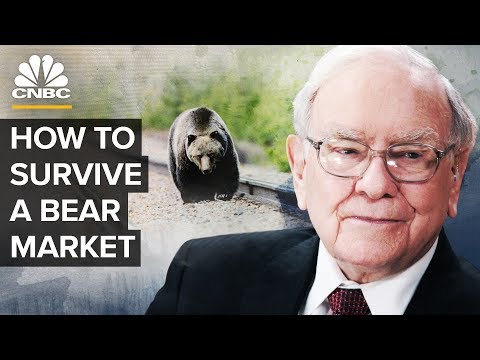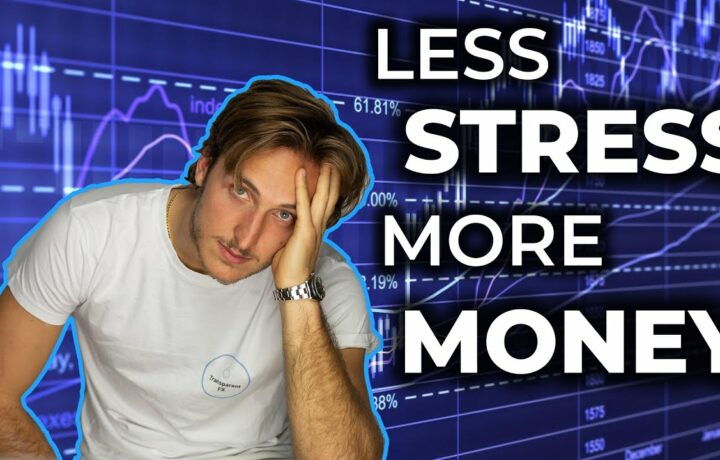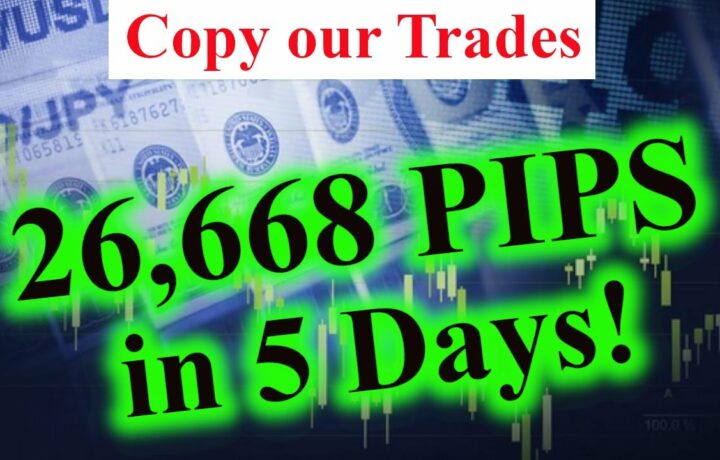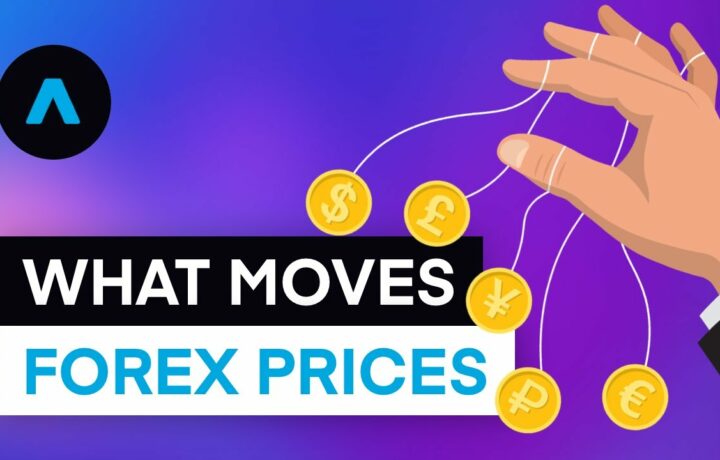Read New Stories About Event Driven Investing Books, How To Invest In A Bear Market.
The S&P 500 sunk into bear market territory on December 24, 2018. A “bear market” is when stocks see a 20 percent decline or more from a recent high — but they’re also marked by overall pessimism on Wall Street. CNBC’s Jeff Cox breaks down how to maneuver a bear market investing environment.
Since World War II, bear markets have lasted 13 months on average, and stock markets tend to lose 30.4 percent of their value. During those conditions it usually takes stocks an average 22 months to recover, according to analysis from Goldman Sachs and CNBC.
It’s helpful to know what a “bear market” is, because based on history it looks like we could be here for a while.
The term on Wall Street is synonymous with serious, long-lasting declines in stock markets. In numeric terms, a bear market is a 20 percent or more drop from a recent peak.
The S&P 500 hit that milestone on Monday December 24, dropping 20 percent from its 52-week high. Markets have stumbled through what is usually one of their best months of the year, with indexes on track for their worst December performances since 1931, during the Great Depression.
Aside from a percentage drop, there are other, more emotional ways to measure a bear market.
Pessimism tends to prevail. When good news isn’t enough to hold off sellers and despite solid economic conditions, markets continue to tank — that’s a bear market. The glass-half-full scenario is often overlooked, and any positive news seems to be forgotten by the close of trading.
In December, oversold markets struggled to make a comeback, suggesting that investors are worried about something bigger. Still, economic fundamentals are not giving red flags of a recession, which is usually a necessary condition for a full-fledged bear market.
» Subscribe to CNBC: http://cnb.cx/SubscribeCNBC
About CNBC: From ‘Wall Street’ to ‘Main Street’ to award winning original documentaries and Reality TV series, CNBC has you covered. Experience special sneak peeks of your favorite shows, exclusive video and more.
Connect with CNBC News Online
Get the latest news: http://www.cnbc.com/
Follow CNBC on LinkedIn: https://cnb.cx/LinkedInCNBC
Follow CNBC News on Facebook: http://cnb.cx/LikeCNBC
Follow CNBC News on Twitter: http://cnb.cx/FollowCNBC
Follow CNBC News on Google+: http://cnb.cx/PlusCNBC
Follow CNBC News on Instagram: http://cnb.cx/InstagramCNBC
#CNBC
How To Invest In A Bear Market

Event Driven Investing Books, How To Invest In A Bear Market.
Event-Driven Strategy
What is an Event-Driven Strategy?
An event-driven method is a type of investment method that tries to make use of momentary supply mispricing, which can take place before or after a business event takes place. It is most often utilized by personal equity or hedge funds due to the fact that it needs needed experience to assess corporate occasions for successful execution. Examples of corporate occasions consist of restructurings, mergers/acquisitions, personal bankruptcy, spinoffs, requisitions, and others. An event-driven method exploits the tendency of a company’s supply rate to suffer throughout a period of modification.
An event-driven method describes a financial investment method in which an institutional investor efforts to benefit from a supply mispricing that might take place throughout or after a business event.
Normally financiers have groups of experts that assess corporate actions from numerous viewpoints, before recommending activity.
Examples of corporate occasions consist of mergings and acquisitions, regulative modifications, and profits calls.
Understanding Event-Driven Approaches
Event-driven methods have numerous techniques of execution. In all circumstances, the goal of the investor is to make use of momentary mispricings triggered by a business reorganization, restructuring, merging, procurement, personal bankruptcy, or another major event.
Capitalists that utilize an event-driven method use groups of experts that are experts in analyzing corporate actions and identifying the effect of the activity on a company’s supply rate. This analysis consists of, among other points, a look at the present regulative setting, feasible harmonies from mergings or acquisitions, and a new rate target after the activity has occurred. A choice is after that made regarding just how to invest, based upon the present supply rate versus the likely rate of the supply after the activity takes place. If the analysis is right, the method will likely generate income. If the analysis is incorrect, the method might cost money.
Instance of an Occasion Driven Strategy
The supply rate of a target business commonly increases when a procurement is revealed. An experienced analyst group at an institutional investor will certainly evaluate whether or not the procurement is likely to take place, based upon a host of elements, such as rate, regulative setting, and fit between the services (or products) provided by both companies. If the procurement does not happen, the rate of the supply might suffer. The analyst group will certainly after that choose the likely landing place of the supply rate if the procurement does happen, based upon a careful analysis of the target and acquiring companies. If there is enough capacity for upside, the investor might get shares of the target business to offer after the corporate activity is complete and the target business’s supply rate readjusts.
What is a base and quote currency?
A base currency is the initial currency provided in a foreign exchange pair, while the 2nd currency is called the quote currency. Forex trading constantly entails offering one currency in order to get another, which is why it is estimated in pairs the rate of a foreign exchange pair is how much one device of the base currency is worth in the quote currency.
Each currency in the pair is provided as a three-letter code, which tends to be formed of 2 letters that represent the area, and one representing the currency itself. For example, GBP/USD is a money pair that entails getting the Excellent British extra pound and offering the United States dollar.
So in the example below, GBP is the base currency and USD is the quote currency. If GBP/USD is trading at 1.35361, after that one extra pound is worth 1.35361 bucks.
If the extra pound rises against the dollar, after that a single extra pound will certainly deserve extra bucks and the pair’s rate will certainly increase. If it goes down, the pair’s rate will certainly lower. So if you think that the base currency in a pair is likely to reinforce versus the quote currency, you can get the pair (going long). If you think it will certainly weaken, you can offer the pair (going short).
To keep points gotten, the majority of providers split pairs right into the adhering to classifications:
Major pairs:
7 currencies that comprise 80% of global forex trading. Consists Of EUR/USD, USD/JPY, GBP/USD, USD/CHF, USD/CAD and AUD/USD
Minor pairs:
Much less regularly traded, these typically feature major currencies versus each other rather than the United States dollar. Includes: EUR/GBP, EUR/CHF, GBP/JPY
Exotics:
A significant currency versus one from a tiny or arising economic climate. Consists Of: USD/PLN (United States dollar vs Polish zloty), GBP/MXN (Sterling vs Mexican peso), EUR/CZK
Regional Pairs:
Sets categorized by area such as Scandinavia or Australasia. Consists Of: EUR/NOK (Euro vs Norwegian krona), AUD/NZD (Australian dollar vs New Zealand dollar), AUD/SGD
Final Thoughts:
Event-driven trading methods provide a wonderful way to maximize enhancing rate volatility, however there are numerous threats and limitations to consider. When developing and executing these methods, it’s important for investors to establish limited danger controls while providing enough area for the unpredictable situation to play out on the market. In the end, event-driven trading methods provide an important arrow in the quiver of any type of energetic investor.
Read Popular Articles About Event Driven Investing Books and Financial market information, analysis, trading signals and Forex mentor reviews.
Alert about Forex Risk
Please note that trading in leveraged products might entail a considerable level of risk and is not appropriate for all financiers. You ought to not risk more than you are prepared to lose. Before choosing to trade, please ensure you understand the threats entailed and think about your level of experience. Look for independent recommendations if needed.




